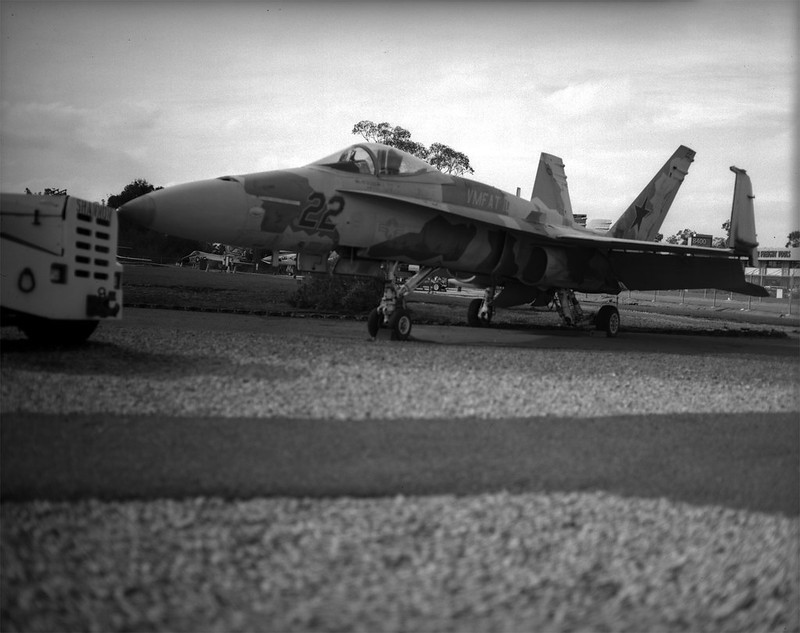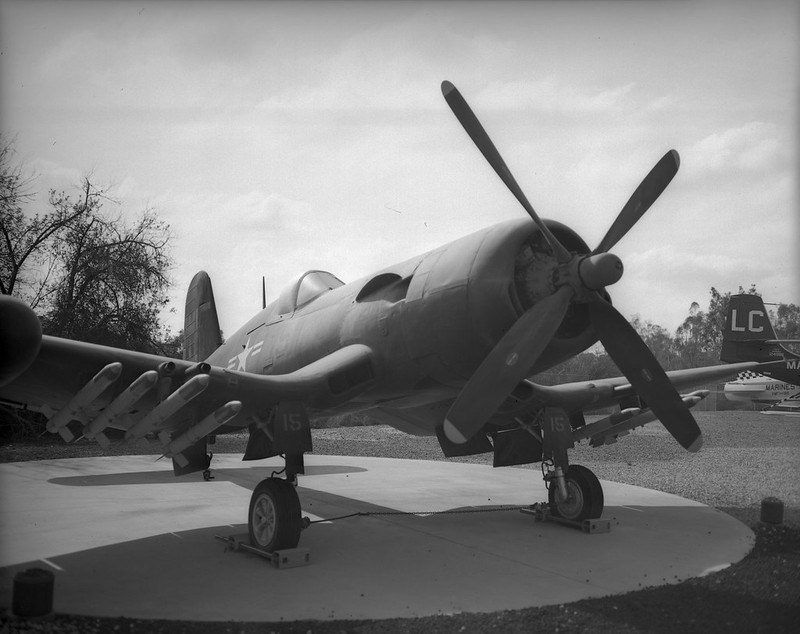Looking back, I can see that it was inevitable. Flickr started making massive and dramatic changes to their site maybe around a year ago. At first they called it a 'Beta' and you could opt in or out. There was a seemingly huge backlash and people were writing scathing reviews on the photo forums and in the Flickr groups. Many people left at that point and found alternate places to host their photos. I tried to work with the Beta for a while, but eventually got fed up and tired of being frustrated, so I switched back to the older version of the user interface. I figured that Flickr would hear the outcry and modify their plans to change things so drastically. It was sort of 'out of sight, out of mind' for a few months, but early this week, they switched everyone over to the 'new' interface. No warning, no choice, and it was just as bad as I remembered. Additionally, my account is experiencing a bug so that I can only embed the original size photo here in my blog or on the forums where I like to share. Well, that is the proverbial straw that has broken the camel's back. I will not be loading photos on to Flickr and I have cancelled my 'Pro' account. I am going to give
iPernity a try and see how things work over there. I did encounter one serious limitation initially, but have subsequently figured out a work around for it.
The problem was that I didn't want to jump into a paid 'Club' account right away. That meant that I did not have the functionality to get the embed code in html or bbcode so that I could share photos on my blog or the forums. I couldn't even get the url of a photo by the usual right-click -> Copy image url. It was completely blocked (as it is for all of their 'free account' users)! Now that seems a little dirty to me. The whole reason for using an image hosting site is to share your photos elsewhere. At least that is my primary use case. So what to do? Try another host like pBase or Photobucket? I didn't really feel like trolling around looking for the one image host that 'has it all', and I knew that many of my contacts from Flickr had moved to iPernity. As with many things in life Google has the solution! I generally use Chrome to browse the interwebz. I also have the benefit of being a bit of a computer nerd and have done some web development. So I thought I would just give the old CSS inspector a look to see if there was anything helpful there. Right click on the image and select "Inspect Element". Make sure that the "Elements" tab is selected at the top of the window that pops up at the bottom of your browser. There you will see a bunch of code. This is the cascading style sheet that controls what everything on a web page looks like (colors, fonts, layout, etc.). Right there on the highlighted line is the url (web address) for the image! BAM! Just what I was looking for! Now I can use that url to link directly to my photo. For the blog, I use html tags like this:
<img>http://u1.ipernity.com/41/63/61/31446361.32e384e1.640.jpg?r1</img>
For online forums, I use bbcode like this:
[img]http://u1.ipernity.com/41/63/61/31446361.32e384e1.640.jpg?r1[/img]
If I want a different size, I just select that size on iPernity so that I am viewing it and repeat the right click inspect element step. Then I have the url for that size image. Easy Peasy!!
I hope you find this helpful especially if you are migrating away from Flickr like I am and want to try iPernity for free for a while. Here is a photo from the first roll out of my 'new' Yashica Electro 35 GSN. This is a rangefinder camera from the mid-70's that was mass produced. They are super easy to get in good-ish condition. They do have some inherent issues, but if you aren't afraid to get your hands a little dirty, and open up a camera you probably paid less than $30US for, then it is a no-brainer. Just go get one. They come with a pretty darn good lens, the 45mm Yashinon 1:1.7. That's right, a nice sharp, clear, contrasty f/1.7 on a cheap camera. I shot this photo on some old Ilford FP4 that had expired back in 1981, so it is a little grainy, but over all I like the look.












